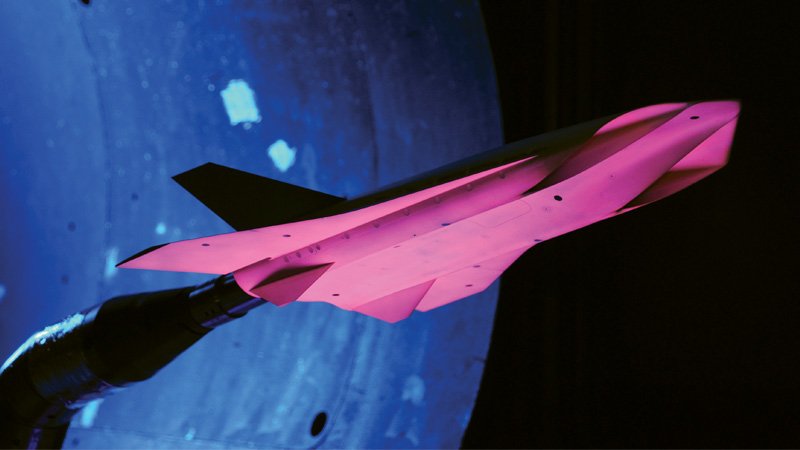A nod to tragic and triumphant events
By Richard P. Hallion|December 2017
The History Integration and Outreach Committee works to preserve the record of aerospace advances and recognize their impacts on modern society.
This year saw many anniversaries, some marking tragic events.
The 50th anniversary of the Apollo 1 disaster was Jan. 27. Apollo astronauts Virgil “Gus” Grissom, Edward White II and Roger Chaffee died when their command module caught fire during a pre-launch checkout at Launch Complex 34 at NASA’s Kennedy Space Center. On Jan. 24, Johnson Space Center in Houston held a commemoration and astronaut Nicole Mann moderated a panel in which Apollo astronauts Walt Cunningham and Frank Borman spoke of how lessons learned from the tragedy could be applied today.
On April 11, Gallaudet University in Washington, D.C., opened an exhibit commemorating the “Gallaudet 11,” a group of deaf men whose damaged vestibular systems prevented them from experiencing motion sickness. NASA and the U.S. Naval School of Aviation Medicine recruited the men to participate in an experimental program from 1958 through 1968 that took them from zero-gravity parabolic flights in NASA’s KC-135 Stratotanker aircraft (the infamous “Vomit Comet”) to a pitching, heaving ferry off the coast of Nova Scotia.
April 18 marked the 75th anniversary of the famed World War II raid on Tokyo and other targets by a flight of 16 B-25 bombers launched from the aircraft carrier USS Hornet and commanded by U.S. Air Force Maj. James Doolittle.
The 75th anniversary of the Battle of Midway was June 4-7. U.S. Navy SBD Dauntless dive bombers designed by Edward Heinemann sank four Japanese carriers and one heavy cruiser. It was the turning point in the Pacific war.
NASA’s Langley Research Center celebrated its centenary with a series of events, including the opening of the Katherin G. Johnson Computational Research Facility. For a century, Langley has stood at the forefront of American air and space research — from the dawn of aeronautics into the age of astronautics. The fingerprints of its research staff are on every significant American aerospace development, from the wood-and-fabric biplanes of the “Great War” to robotic spacecraft that leave the Earth for solar system exploration and beyond. Fittingly, the centenary also coincided with commemorating Langley’s African-American female mathematicians whose previously hidden history has been memorably told in Margot Lee Shetterly’s book “Hidden Figures: The American Dream and the Untold Story of the Black Women Mathematicians Who Helped Win the Space Race” and the film it spawned.
On Sept. 15, the NASA Cassini spacecraft mission ended after nearly 20 years. Launched in 1997, Cassini spent 13 years in Saturn’s orbit before taking a final plunge through its rings and into its atmosphere, meeting a swift and fiery death. NASA mission controllers elected to safely destroy the aging spacecraft rather than eventually losing control of it and it plunging into one of two Saturn moons, Enceladus or Titan, which researchers have concluded are possibly habitable environments or at least “pre-biotic.”
On Sept. 21, a dozen former Vietnamese MiG pilots met with U.S. fighter pilots who had flown against them. The reunion in San Diego included a reception on the USS Midway, a carrier turned museum from whose decks naval aviators had launched in Alpha Strikes against then-North Vietnam a half-century ago. Both groups welcomed each other warmly. “We were doing our jobs,” said Vietnamese Senior Col. Nguyen Van Bay, speaking for all, adding “That’s the past. Now, we’re friends.”
Finally, Oct. 1 marked the 75th anniversary of the first U.S. turbojet flight by Robert Stanley in the Bell XP-59A, and Oct. 3 marked the 50th anniversary of the fastest-ever airplane flight at Mach 6.70 by U.S. Air Force test pilot Maj. William “Pete” Knight in an X-15.



































